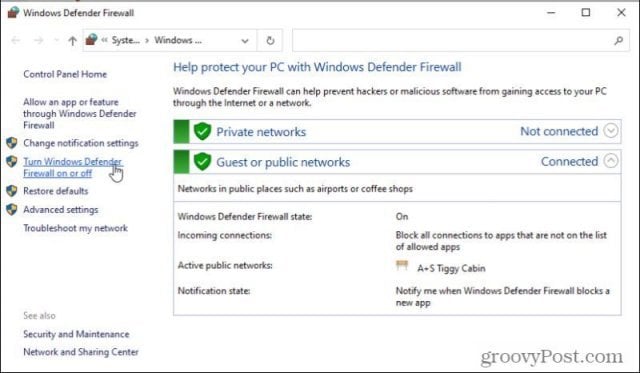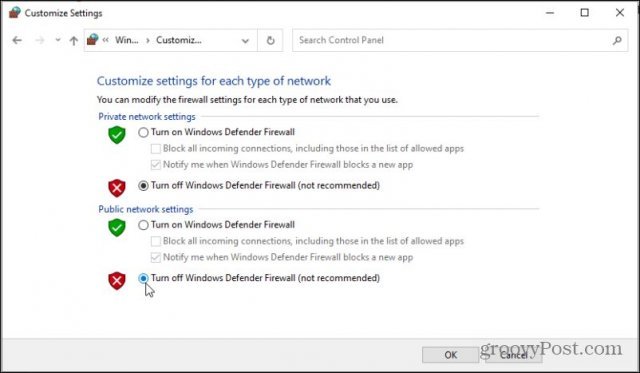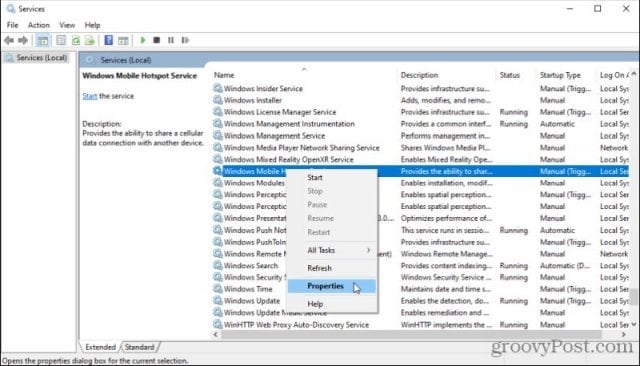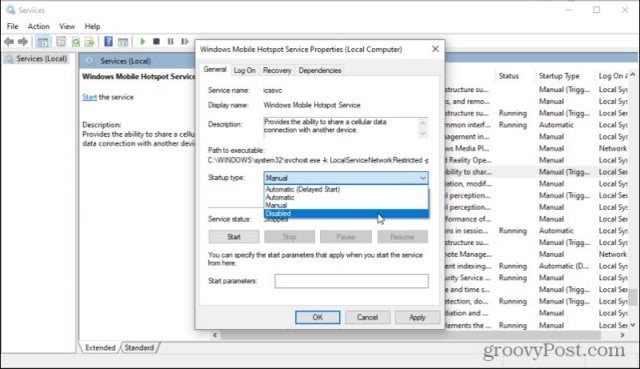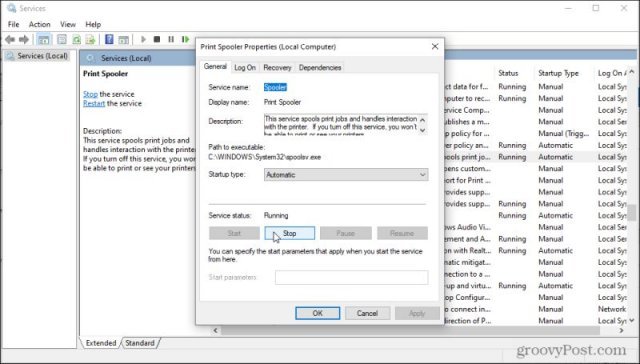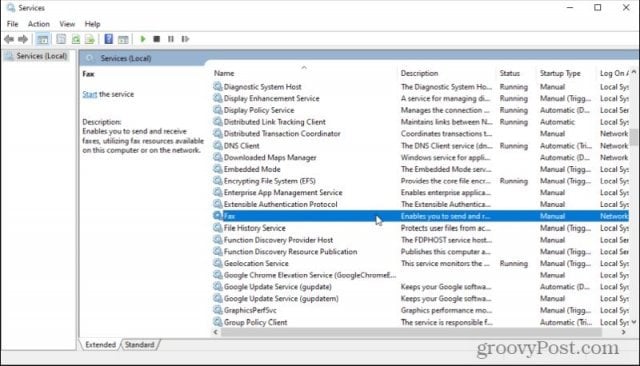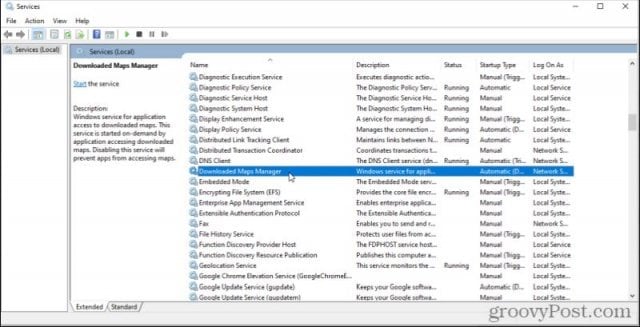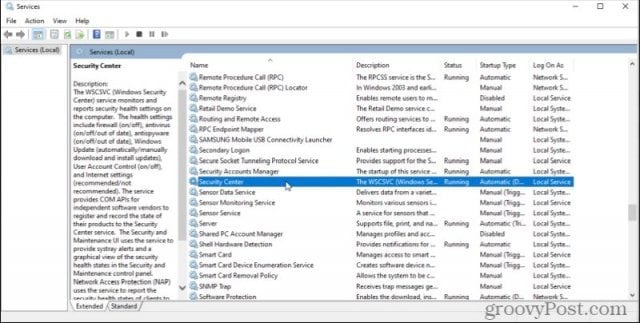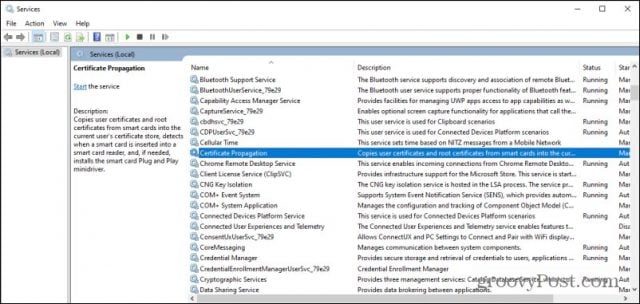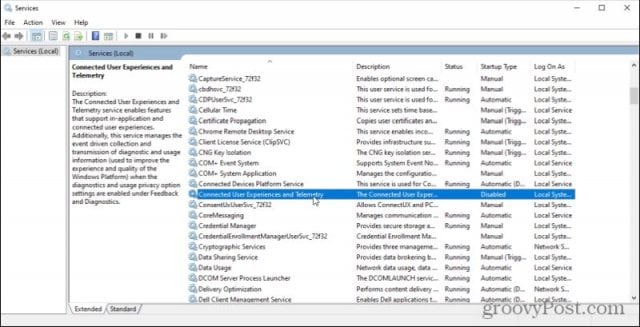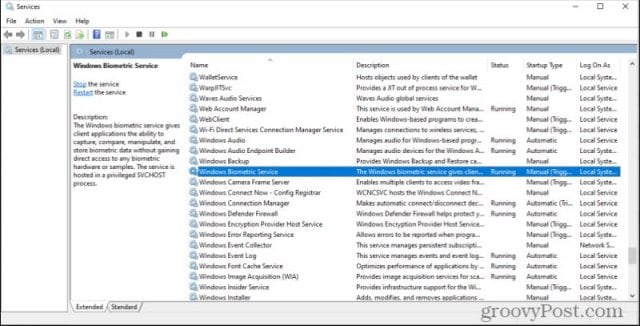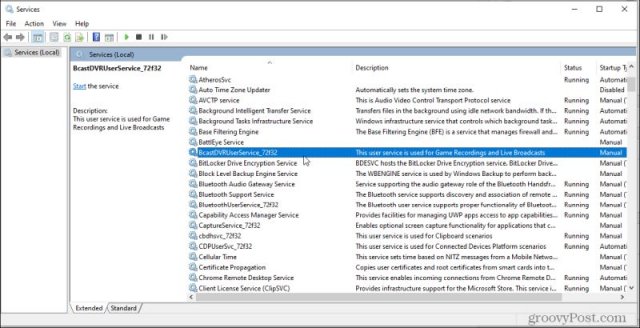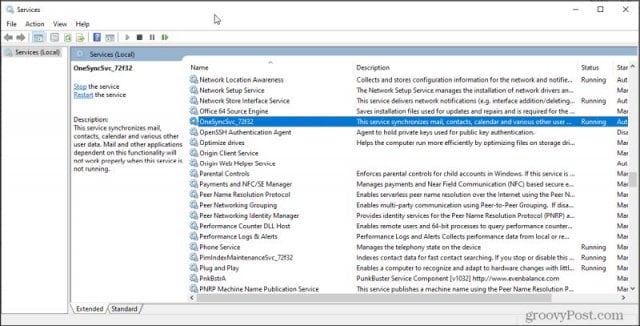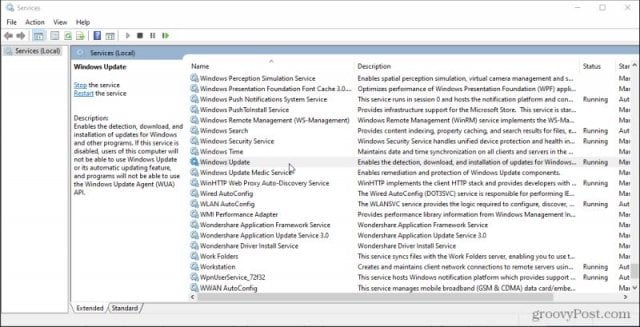One of the methods of doing this is turning off all unnecessary Windows 10 services. This can free up system memory and cache space so that there are more resources for other applications you’re using. However, not all services are created equal. Some are critical for normal operation. In this article, you’ll learn about 12 Windows services that are completely safe to disable if you’d like to.
1. Disable Windows Defender
The odds are that you already have antivirus software installed on your Windows 10 PC. Letting Windows Defender services run in the background on your computer is redundant and unnecessary. Quickly disable Windows Defender by selecting the Start menu, typing Windows Defender, and selecting Windows Defender Firewall. When the app opens, select Turn Windows Defender Firewall on or off from the left menu.
This will open the Customize Settings window. Here, select the radio button to Turn off Windows Defender under both “Private network settings” and “Public network settings.”
Now, Windows Defender services will stop running.
2. Windows Mobile Hotspot Service
Your computer has the ability to become a hotspot so that other devices in your vicinity can use your laptop’s internet connection. This is an infrequent activity that most users never use. If you don’t know about this feature or never use it, go ahead and disable it. Select the Start menu and type Services, then open the Services app. Find and right-click Windows Mobile Hotspot Service. Either select Stop if it’s enabled or select Properties.
If the service wasn’t already started (so you couldn’t select Stop), it’s probably enabled as a manually triggered service (triggered when you launch the hotspot). To disallow anyone from doing this, select the Startup type dropdown box and select Disabled.
This will permanently disable the Windows Mobile Hotspot service until you come back in here and enable it again if you ever actually need it.
3. Print Spooler
The print spooler is a service that queues up print jobs whenever you print anything from your computer. However, if you never actually print anything from your computer, you do not need to run the print spooler service. To disable this, find the Print Spooler service in the Services window, right-click, and select Properties. In the Properties window, select the Stop button to stop the service.
This is one service that is always running, so you should definitely see the option to Stop it in this window. Since it’s set to Automatic Startup Type, you’ll also need to disable it. Select the Startup type dropdown and select Disabled.
4. Fax Service
When is the last time you’ve faxed anyone? It’s an antiquated service, yet Windows 10 still includes a Fax service that lets you connect to a phone line and fax modem. With the right fax software, you can send and receive faxes. If you can’t think of any earthly reason why you’d ever want to use this feature (who would?), then it’s silly not to disable it. Just repeat the process above to disable this service. You can find it simply by searching for the Fax service in the Services window.
Disable this the same way as the services above. Right-click, select Properties, and set the startup type to Disabled.
5. Downloaded Maps Manager
Windows 10 has another hidden feature that allows the Windows 10 Maps app to access downloaded maps. Didn’t know that Windows 10 has a native Maps app? Most people don’t. That’s why you can disable this service and never notice the difference. Look for Downloaded Maps Manager in the Services window for this one.
As with other services that are set to Automatic startup type, right-click and select Properties. Select Stop to stop the service if it’s running, and then set the startup type to Disabled.
6. Windows 10 Security Center
While this service sounds important (who wants to disable anything to do with security?), it’s actually not. All it does is runs in the background and scans your system for issues like whether there are pending Windows Updates or if you don’t have any antivirus installed. Most likely, you have your Windows 10 security squared away and really didn’t need Windows 10 eating up your system resources scanning your computer for issues that will never exist.
Again, right-click, select Properties, Stop the service, and change the startup type to Disabled. Not only will this free up system resources, but it’ll also make your Windows experience less annoying.
7. Certificate Propagation Service
The certificate propagation service is used whenever you insert a smart card into the smart card reader slot on your laptop. This could also be an external smart card reader. The service will read the smart card and add the certificate to your computer. This service is typically used in an enterprise or corporate environment and controlled via Group Policy through IT.
If you don’t use a smart card or don’t have a smart card reader, this service is completely useless to you. Right-click it and select Properties, make sure the service is stopped, and then change the start up type to Disabled.
8. Universal Telemetry Client (UTC)
When you first install Windows, you’re asked if Microsoft can collect information about your system in the background. You might not have given it much thought if you answered Yes to that question. However, this enables the Universal Telemetry Client (UTC) software which runs unnecessary diagnostic services in the background. Disabling this will only free up system resources and won’t impact your Windows experience at all. To find it, open the Services window and look for Connected User Experiences and Telemetry.
Right-click this, select Properties, Stop the service, and change Startup Type to Disabled. This may not help Microsoft gather information, but it does help your computer run faster and frees up your internet connection from unnecessary traffic.
9. Windows Biometric Service
The Windows Biometric service is only useful if you actually use system features or applications that require a fingerprint or facial scanning. If your computer lacks the hardware even to utilize those features, there’s no need for this service to be running in the background. You can find this as the Windows Biometric Service in the Services window.
Disable this service, and if you don’t need biometrics on your system, you’ll never even notice.
10. Broadcast DVR Server
The Broadcast DVR server process is part of Window’s Game DVR feature. This feature lets you use the native Windows 10 Game DVR app to record your gameplay or stream your active gameplay over the internet. If you do either of these things, there’s no need to leave the service running on your system. Typically, it should only enable when you start recording gameplay or you’ve configured the feature to record your gameplay in the background automatically. This service will show up in the Services window as either a Broadcast DVR server or something not so straightforward that starts with “BcastDVR.” – If you have no plans to record or stream your games, go ahead and permanently disable this service so that it never starts.
11. Windows 10 OneSyncSvc
The OneSyncSvc in Windows will sync all of the Microsoft apps that you use. This includes your Microsoft account, Windows Mail, Contacts, Calendar, Mail, and other Microsoft apps. If you don’t use these Microsoft services like many people, you really don’t need this sync service running. You can find this service in the Settings window as a service that starts with OneSyncSvc.
Just right-click and select Properties, Stop the services, and set Startup Type to Disabled. Since I don’t personally use any of these services or related Apps, I decided to disable them. To my bliss, browsing my Workgroup network with Windows Explorer is near-instantaneous by comparison. In short, there are no more delays in opening networked folders.
12. Windows Update Service
This is a controversial suggestion because many people believe you should let Windows install updates as soon as they become available. Unfortunately, the scanning and installing of updates can significantly drag your computer performance down. This is why many people choose to leave the Windows Update service disabled until they’re ready to trigger updates on their own schedule manually. Doing this is very easy. Just find Windows Update in the Settings window.
Stop this service and then set the Startup Type to Disabled. There are a few other ways to turn off Windows 10 updates as well. This is just the fastest. When you actually want to run updates, just set it back to Automatic and restart your computer. On the next bootup, Windows Updates will begin automatically. Thanks for the feedback. Steve Disable services for Windows 10 1. Broadcast DVR Server. 2. Certificate Propagation Service. 3. Downloaded Maps Manager. 4. Fax Service. 5. Print Spooler. 6. Universal Telemetry Client (UTC). 7. Windows Biometric Service. 8. Windows Defender (enable for me) 9. Windows Mobile Hotspot 10. Windows 10 OneSyncSvc 11. Windows 10 Security Center 12. Windows Update Service x1. Alljoyn router services: to connect smart appliance eg smart refrigerator, bulb, etc. x2. BitLocker Drive Encryption Service . x3. Connected User Experiences and Telemetry x4. Distributed Link Tracking Client x5. Downloaded Maps Manager x6. FAX 7. Internet Connection Sharing 8. Netlogon 9. Print Spooler x10. Parental Control x11. Remote Registry 12. TCP/IP NetBIOS Helper x13. Touch Keyboard and Handwriting Panel Service: for touch keyboard or monitor. 14. Windows Error Reporting Service 15. Windows Image Acquisition: connection between computer and scanner, camera, etc. ‘x’ before number I used to disabled. Without ‘x’ is still my review. I still need connection from USB sharing from mobile device, print file to PDF and web whatsapp. So, do I still need without ‘x’ services (point number 7, 8, 9, 12) ? Thanks. Comment Name * Email *
Δ Save my name and email and send me emails as new comments are made to this post.
![]()

